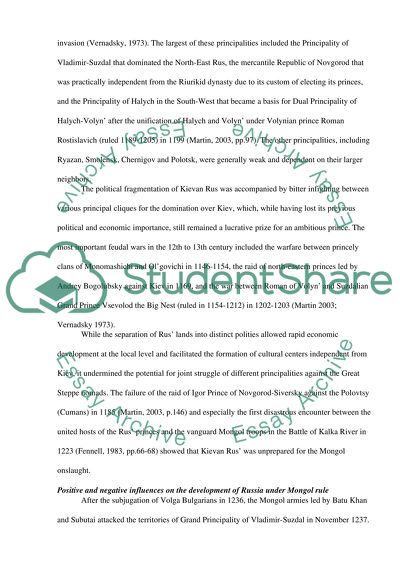Cite this document
(“Discuss the influence of the Mongol Rule on Russia in the 13-15th Essay”, n.d.)
Retrieved from https://studentshare.org/environmental-studies/1416261-discuss-the-influence-of-the-mongol-rule-on-russia
Retrieved from https://studentshare.org/environmental-studies/1416261-discuss-the-influence-of-the-mongol-rule-on-russia
(Discuss the Influence of the Mongol Rule on Russia in the 13-15th Essay)
https://studentshare.org/environmental-studies/1416261-discuss-the-influence-of-the-mongol-rule-on-russia.
https://studentshare.org/environmental-studies/1416261-discuss-the-influence-of-the-mongol-rule-on-russia.
“Discuss the Influence of the Mongol Rule on Russia in the 13-15th Essay”, n.d. https://studentshare.org/environmental-studies/1416261-discuss-the-influence-of-the-mongol-rule-on-russia.


